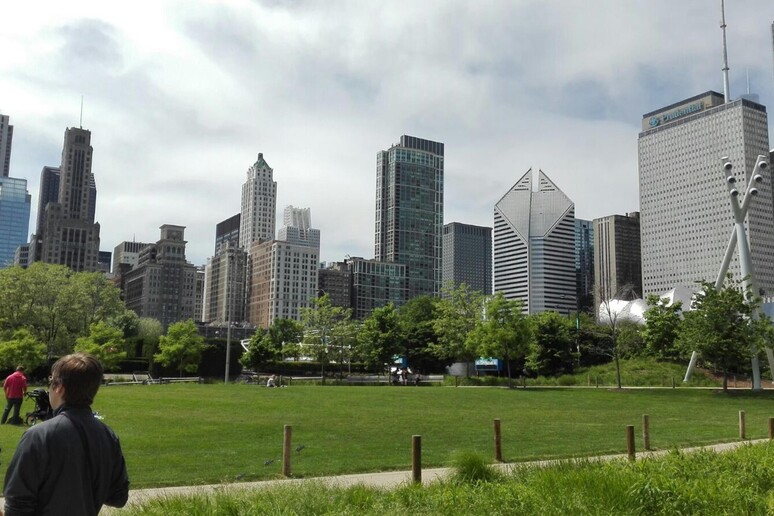New York, Chicago, Seattle, Denver, Houston, Las Vegas, Washington and San Francisco are sinking at a rate of between 2 and 10 millimeters per year. Raising the alarm is a study published in Nature Cities by a Virginia Tech research team, which attributes the phenomenon to factors such as the weight and pressure of buildings, groundwater extraction–which is responsible for 80 percent of the phenomenon–and increasing drought linked to climate change.
The researchers analyzed satellite radar data from 28 major U.S. cities, home to about 34 million people (12 percent of the population). High-resolution maps of subsidence, or land subsidence, show that at least 20 percent of the urban areas analyzed sank between 2015 and 2020. In Texas, the phenomenon is exacerbated by oil and gas extraction, also affecting cities such as Fort Worth and Dallas.
The study warns that many metropolises are turning into areas vulnerable to flooding and infrastructure damage. Proposed solutions include sustainable groundwater management, more careful urban planning, adequate infrastructure and constant monitoring activities.
“The latent nature of this risk means that infrastructure can be silently compromised over time, with damage only becoming evident when it is severe or potentially catastrophic,” explains researcher Manoochehr Shirzaei. Leonard Ohenhen, co-author of the study, stresses the urgency of action: “Instead of just saying it’s a problem, we can respond, address, mitigate and adapt. We need to move to solutions.”












